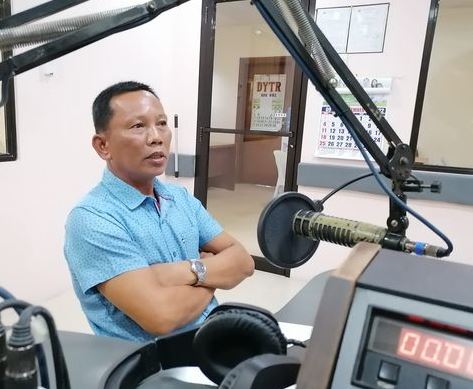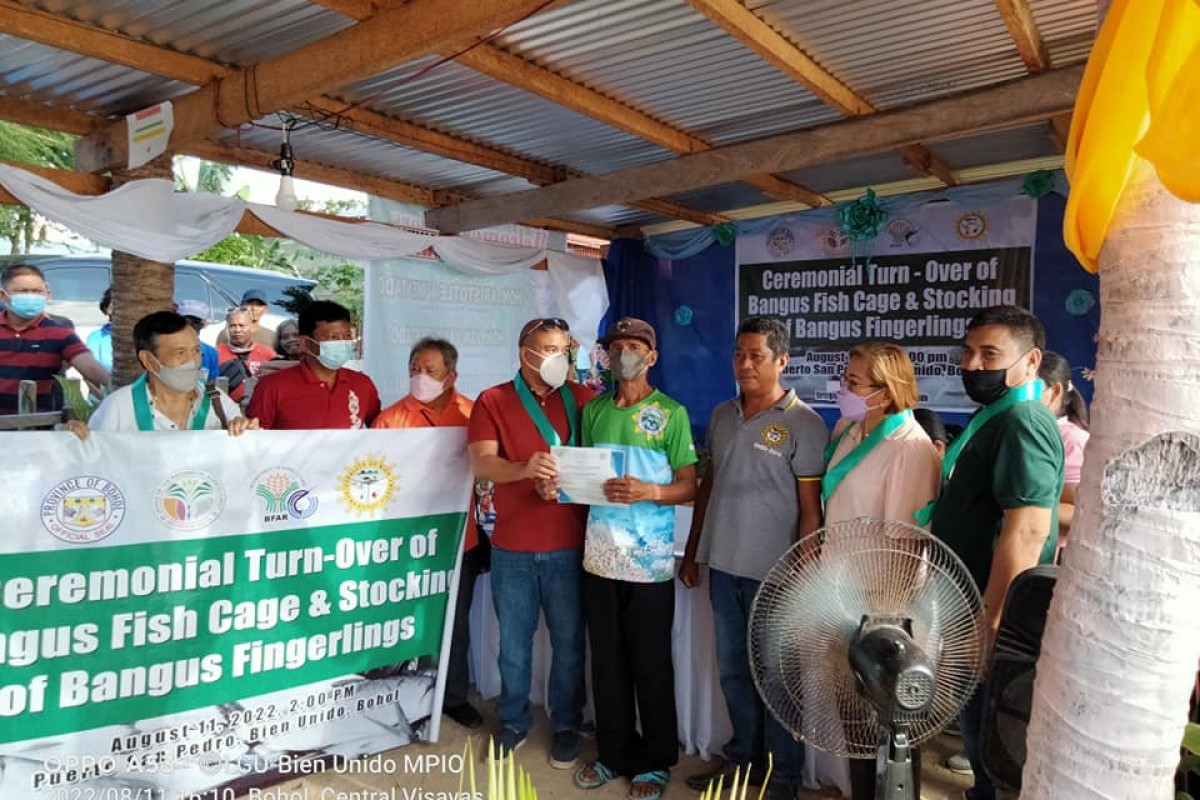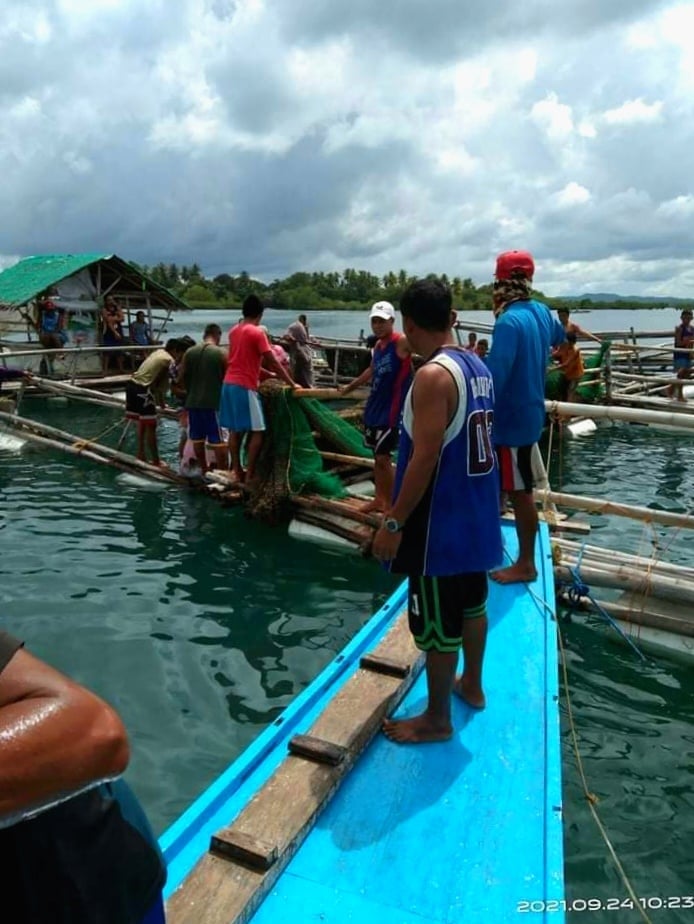TAGBILARAN CITY, Bohol, Sept. 16 (PIA) -- Bohol could have sufficient supply of fish with the government helping fishing communities in southeastern Bohol acquire deep-sea fish corrals and deep sea fishing mother boats that host a brood of catcher boats.
Bohol Fishery Officer and Bureau of Fisheries and Aquatic Resources (BFAR) Bohol Officer-in-Charge Candido Samijon said that apart from the deep sea fish corrals (commonly called lambaklads) that are funded by the local government units of Guindulman and Jagna, and soon-to-be-operationalized fish corral in Candijay, and the new lambaklad in Garcia Hernandez, BFAR Bohol is working on the realization of the request for additional deep-sea corrals for Valencia and Duero towns.
Lambaklad, or a deep sea set net, is an eco-friendly passive fishing gear that uses nets and big, is some kind of an understatement.
A standard lambaklad is a fish corral, but instead of bamboo pole stakes that keep it grounded, ropes fasten it to buoys and weights submerged deep down in 40-60 meters of seas to keep the nets upright and taut.
While common fish corrals have less than a hundred meters, lambaklads can go from 200 to 300 meters by 40 meters wide.
Lambaklads have also a “leader” net that can go half a kilometer long, which guides the fish to the trap net.
They are typically set at about 30-40 meters of depth and stay there for months, and checked once or twice a day to see and harvest the day’s catch.
Mostly catching pelagic and large oceanic fish, lambaklads have been BFAR’s premier intervention for poverty reduction and alleviation.
In line with the government’s drive and mission for available and affordable food for all, BFAR’s Fisheries Division promotes the use of sustainable fisheries production by also taking a keen look at resource sustainability.
With this, BFAR provides technical and capability building support to local government units, non-government organizations, and people’s organizations on the construction and management of the lambaklad, said Samijon during the recent Kapihan sa PIA.
Aside from the lambaklads, a new deep sea fishing program from the government is set to hit Bohol.
With Cebu refusing to accept the pakura tuna fishing boat, Bohol tends to get two of these deep sea fishing boats and its complement of fish catcher boats.
The pakura fishing vessel is a 62-feet mother boat equipped with fish hold hatch and chiller and supported by four “pakura units,” which can move away from the mother boats to serve as catcher boats.
Funded by the BFAR, the multi-million mother boat and its escorts can go out to fish for weeks, as the mother pakura has a fish hold hatch that can keep their catch refrigerated for weeks on end and can even carry the small escort boats on top of her outriggers when in long journeys.
Designed to last through rough seas, the pakura can go to open seas to catch big fish without the need to go to the mainland to resupply.
It can also be used as a patrol boat and help fisheries enforcement authorities in implementing the law and imposing judicious fisheries, Samijon said.
He, however, revealed that before these modern fishery methods could provide to Bohol markets the most needed fish, Bohol would have to tighten its belt for another three to six months, or long before the fingerlings BFAR has harvested from its storm-wrecked hatchery facilities could have grown big enough to be commercially available. (RAHC/PIA7 Bohol)




